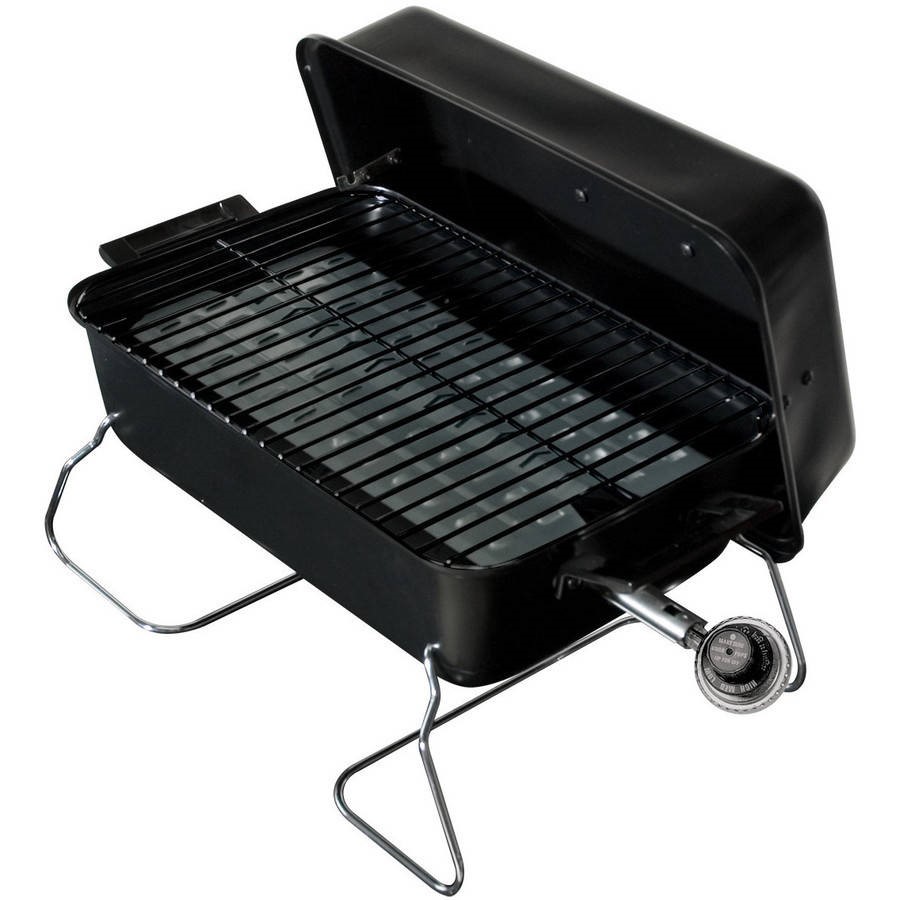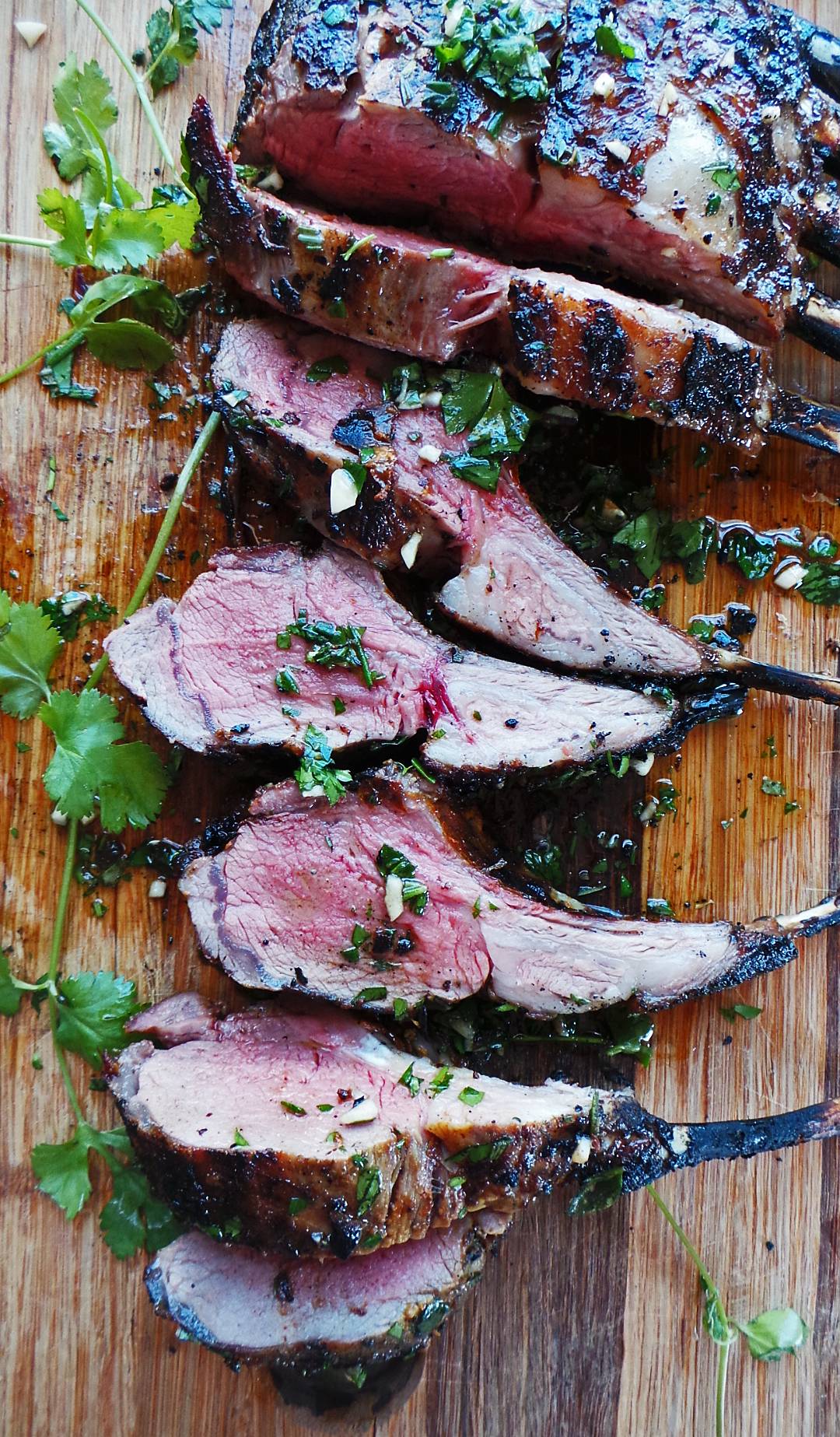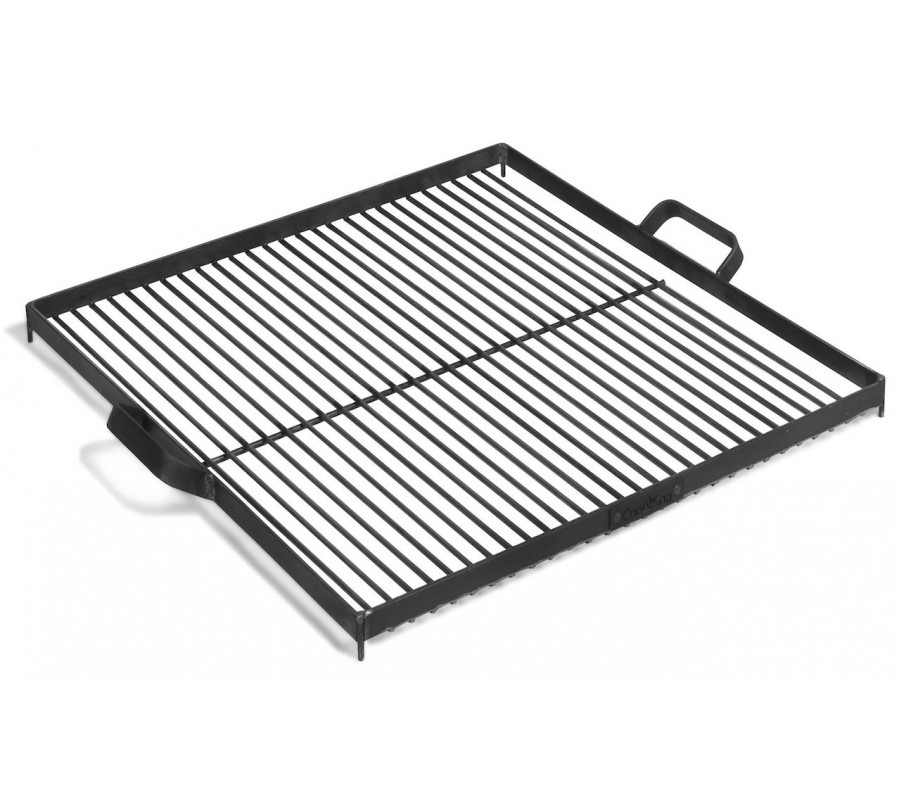
It is possible to be confused about the differences between a barbecue and a broiler. Each has its own advantages and disadvantages. If you prefer to cook at home, broiling is more convenient than grilling. Grills, however, can only be used for outdoor cooking. A typical grill costs about double the price of a broiler oven.
There are also some differences between grilling and broiling. The best grilling method is for deep roasting with a distinct smokey flavor. Broiling can be used indoors to cook on a snowy or rainy day. Broiling also requires less preparation materials. Broiling is better for indoor cooking because it requires less ventilation than grilling.

The high heat of a broiler promotes browning as well as caramelization. The broiler can burn and dry quickly so pay attention. The broiler is better for smaller cuts. Broiling is better for smaller cuts of meat than grilling, but won't produce that famous grilled flavor. Despite its shortcomings, a broiler is an excellent option for many.
Although both broiling and grilling are similar cooking techniques, they are different in Canada and the US. Broiling is done with water that has been heated to boiling point. Grilling uses direct heat. Both methods are similar, but the main difference lies in the heat source and direction of the flame. You can consult an expert to help you choose the right method. A broiler produces better results and takes less time.
When choosing between a broiler and a grill, remember that both methods use intense heat to cook food. Both methods can be dangerous and require you to watch your food closely so that it doesn’t burn. The pros of grilling are obvious. However, a broiler can be more flexible and can hold larger amounts of food. While broiling can produce crisp, caramelized, and grilled results, they both require the attention of a dedicated chef.

It is simple to grill by using two zones of heat, one medium-hot and the other medium-low. If you are using charcoal, arrange your grate so that one side of the grill is hotter then the other. Gas grills are easier to use. You can set one burner on high, and the other on low. When the food is cooked to medium-high, switch to the medium side.
A key benefit of a grill is that the flames are more controlled than with a broiler. Flare-ups can scorch food and cause a bitter taste. If you want to prevent this, keep the door slightly open. If you're using a broiler, keep the lid open while cooking. Protect your grill from wind and heat to prevent flare-ups
FAQ
How to Become a Chef?
There are many options for becoming a chef. Begin by enrolling at a community college. You can then look into going to culinary school. The last option is to apply for a job as a paid intern.
What is the average time it takes to learn how to cook? How much time do I need?
It all depends on what level of skill you have. Some people learn basic cooking techniques in just a few days. Others might take months or years before they feel confident enough to teach themselves how to cook.
There are many factors that affect the time required to learn how cook. An example: Someone who has never cooked before may need more time than someone who makes regular meals. Some types of cooking are more difficult than others. Baking, for example, requires more experience than frying.
If you want to learn how quickly you can cook, you should focus on learning a specific technique. You can then move on to the next technique once you have mastered it. You shouldn't stress about how long it takes to learn how cook. Just keep practicing and enjoy the process.
How can leftovers be stored in the most efficient way?
Tupperware containers are great for storing leftovers. These containers are great for keeping food fresh and preventing odors from growing. They can also keep food warm longer. Leftover food can be frozen in freezer bags. Place food in another freezer bag to prevent air escape when freezing. Once the food is frozen place it in an airtight container, such as a zip lock bag.
How much does it cost to go to culinary school?
The cost of a culinary school depends on where you are, how much you study, and what program or course you choose. The average tuition ranges from $10,000-$30,000 per year. Most students graduate with approximately $20,000 in debt. There are some programs that offer grants and scholarships as well as work-study options.
Who is the best path to a career in chef work? What are the best ways to start your career as a chef.
If you're interested in becoming a chef, you should consider starting as an apprentice. Apprenticeships let you work for many years and pay no tuition fees. You can apply to become a sous-chef after you have completed your apprenticeship. Sous chefs oversee cooks and help them make salads and desserts. They are also responsible for the overall operation of the restaurant.
Do I have to go to culinary school in order to be a professional chef?
No. Many chefs learned their craft on their own. Some even went to culinary school just to gain experience. Many chefs prefer to attend culinary school for the increased opportunities to learn and grow as professionals. Culinary schools offer students hands-on training, which helps them build valuable skills and improve their cooking knowledge.
Statistics
- On average, chefs earn $58,740 a year, according to the BLS. - learnhowtobecome.org
- According to the BLS, chefs earn $58,740 a year. (learnhowtobecome.org)
- The median pay for a chef or head cook is $53,380 per year or $25.66/hour, according to the U.S. Bureau of Labor Statistics (BLS). (learnhowtobecome.org)
External Links
How To
How to make an omelet that is perfect
Omelets are a favorite breakfast food of mine. But how do they turn out so perfectly? I've tried many different methods and recipes, but none of them seem to work! Today, I'd like to share some tips with you in order to make delicious and fluffy omelets every day.
When making omelets, it is important to be aware that eggs can be temperamental. It is important that eggs are fresh from an organic market and kept cool until used. You must keep them cool enough to allow the whites to form properly and the yolks to become too runny if they're not kept at the right temperature. This can make your omelets look bizarrely colored. If you're going to cook them immediately, it is best if the eggs are still warm.
Another tip is to separate your egg before adding it into the pan. You don't want the white to get mixed with the yolk, as this could cause the egg to curdle.
You could end up burning the bottom half of the egg if the egg is added directly to the heat source. Instead, put the egg in the microwave for 10 seconds before putting it into the pan. The microwave heat is sufficient to cook the egg without overcooking.
Next, let's talk about mixing the eggs. When you mix eggs together, you want to beat them well. Turn the bowl upside down and grab the whisk to do this. Now shake the bowl vigorously. This allows the air to be whipped and the egg to be mixed thoroughly.
The fun part begins - you need to pour the milk into your mixture. Fold the eggs in the milk mixture by first pouring half of it into the egg whites. You don't need to worry if streaks remain. They will disappear once you flip your omelet.
After you have folded the eggs, heat the oil in a pan over medium heat. Once the oil has started to sizzle, turn the heat down to low. When the oil is hot enough, add 1/4 cup butter to the pan. Stir it around until the butter covers the entire pan. Open the lid and sprinkle salt on the pan. An additional pinch of salt will prevent the omelet form sticking to your pan.
Cover the pan once the omelet is formed and allow it to cool completely. Flip the omelet by using a spatula. Cook the other half for another minute. Remove the omelet from the pan and serve immediately.
This recipe works best using whole milk. Skimmed milk is also possible.